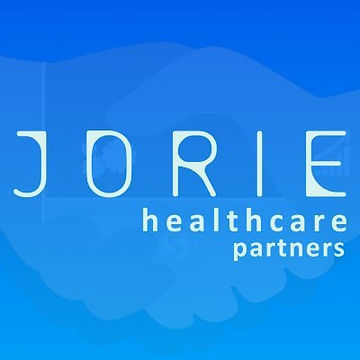
Welcome to Jorie, where the worlds of FinTech and HealthTech seamlessly converge to supercharge your financial processes.
Discover how financial automation transforms healthcare's Revenue Cycle Management, boosting efficiency and patient care.

The dynamic landscape of healthcare is constantly evolving, driven by technological advancements and regulatory changes. One of the most significant transformations has been the integration of artificial intelligence (AI) and automation into healthcare financial management. Healthcare financial automation is proving to be a game-changer for Revenue Cycle Management (RCM) and is leading to significant improvements in efficiency, productivity, and financial sustainability.
Healthcare Revenue Cycle Management (RCM) encompasses the processes and tools healthcare organizations use to manage the financial aspects of patient care, from scheduling and patient registration to billing and final payments. Traditional RCM systems are often complex, time-consuming, and prone to human error, which can lead to financial inefficiencies and reduced profitability.

Automation has emerged as a key solution to the challenges of traditional RCM systems. It introduces efficiencies in numerous ways:
The promise of healthcare financial automation is not a mere projection but a present-day reality at Jorie Healthcare Partners.

Embracing AI-driven solutions for Revenue Cycle Management (RCM), Jorie Healthcare Partners has been an exemplar in the practical application of financial automation. The unified automation strategy employed by the company has revolutionized its revenue cycle processes. It has made operations more streamlined, significantly reducing errors and boosting efficiency, which, in turn, has led to an increase in revenue collection.
Moreover, Jorie Healthcare Partners has successfully implemented automation in its accounts payable, accounts receivable, and patient financing operations. The automation of these critical financial processes has driven notable efficiencies and has remarkably improved the financial performance of the company.
The successful application of healthcare financial automation at Jorie Healthcare Partners validates the transformative potential of this technology, paving the way for others in the healthcare industry to follow suit.
The implementation of healthcare financial automation, while beneficial, is a significant undertaking that demands thorough planning and strategic consideration. The following points detail some critical aspects that organizations should bear in mind:

The future of healthcare financial automation is promising, with advancements in AI and machine learning paving the way for more sophisticated and efficient RCM systems. Healthcare organizations must prioritize efficient financial management due to rising costs and growing demand for services.

Healthcare financial automation not only holds the potential to revolutionize RCM but also to fundamentally transform the healthcare landscape. By streamlining administrative processes, improving accuracy and compliance, and enhancing patient experience, it enables healthcare organizations to focus on their core mission: delivering high-quality patient care.
In conclusion, healthcare financial automation is indeed a game-changer for Revenue Cycle Management. As more healthcare organizations adopt this technology, it will play a crucial role in driving financial sustainability and growth in the healthcare sector. With its ability to reduce costs, improve efficiency, and boost revenue, financial automation in healthcare is a trend that's here to stay.